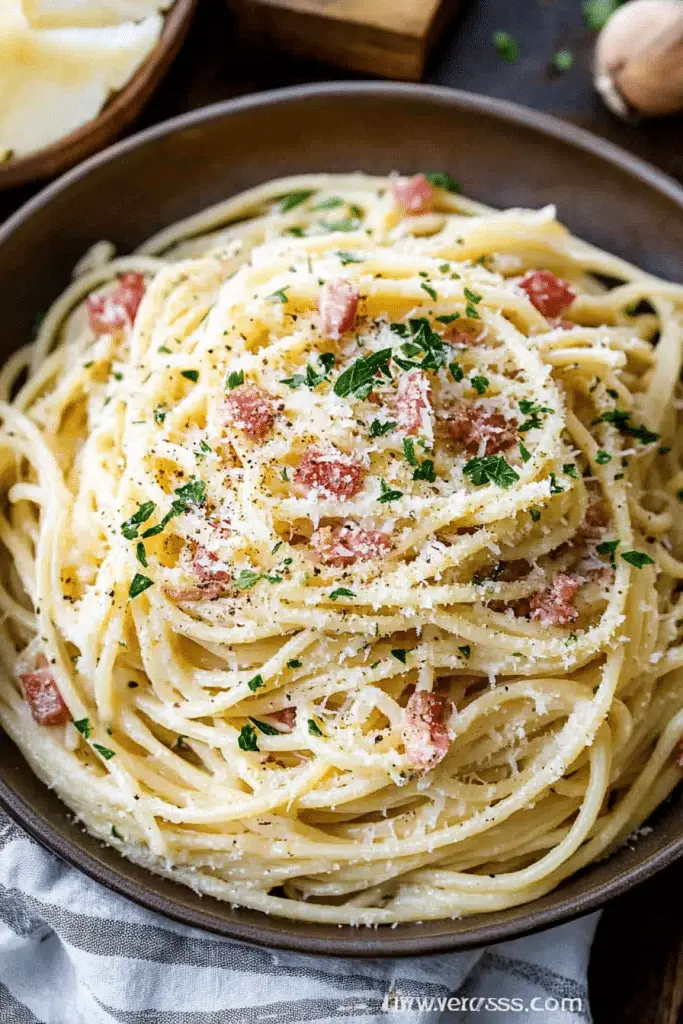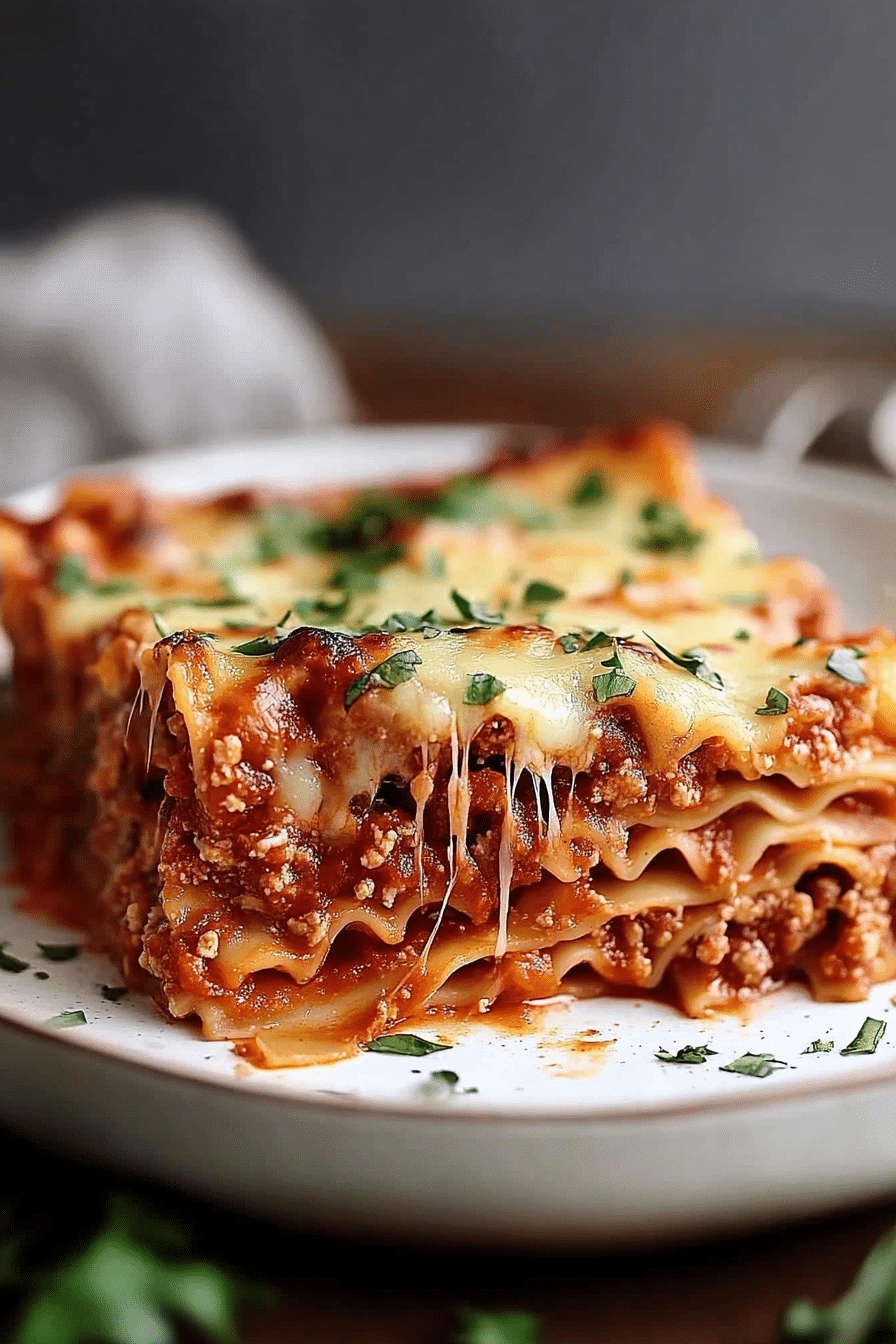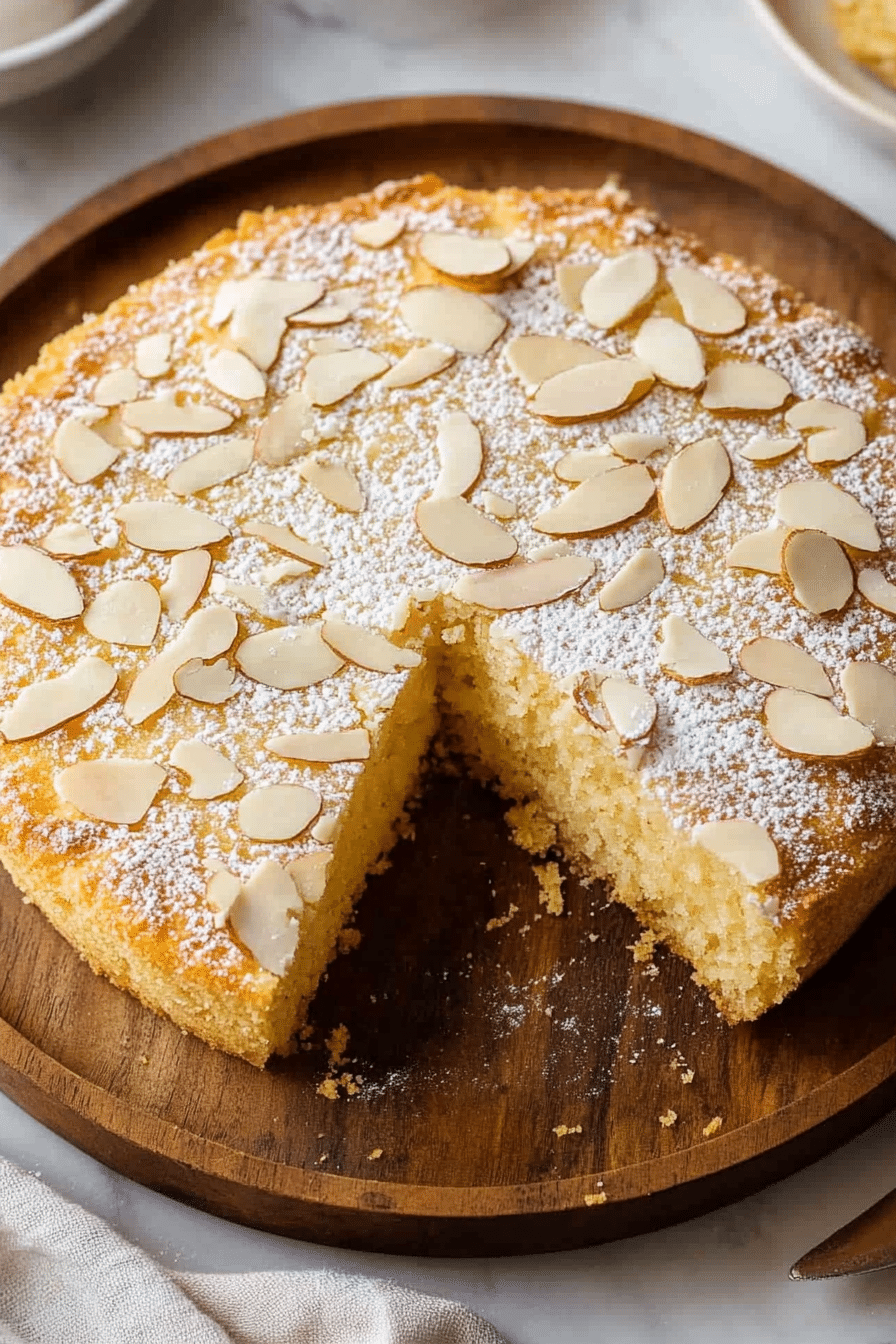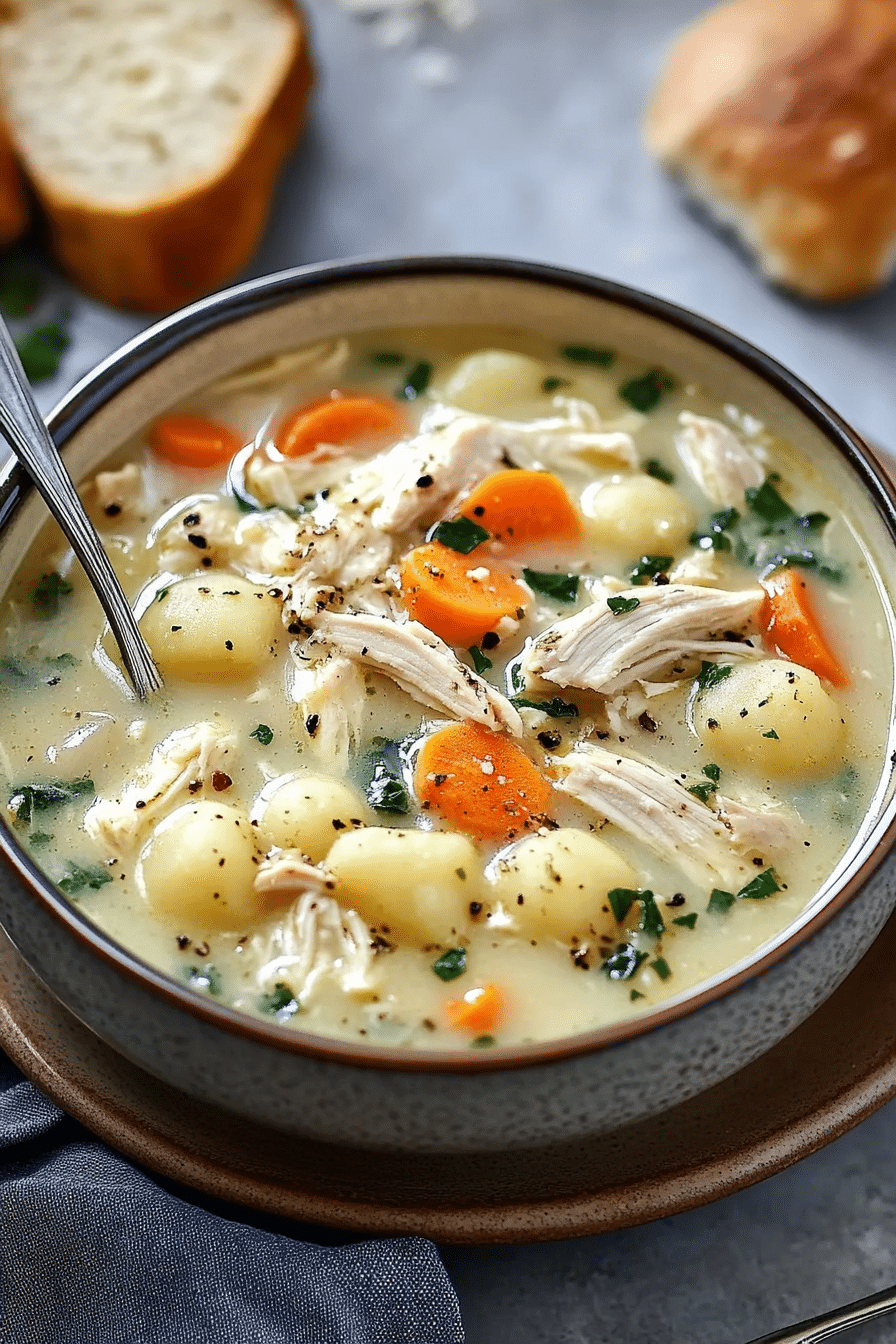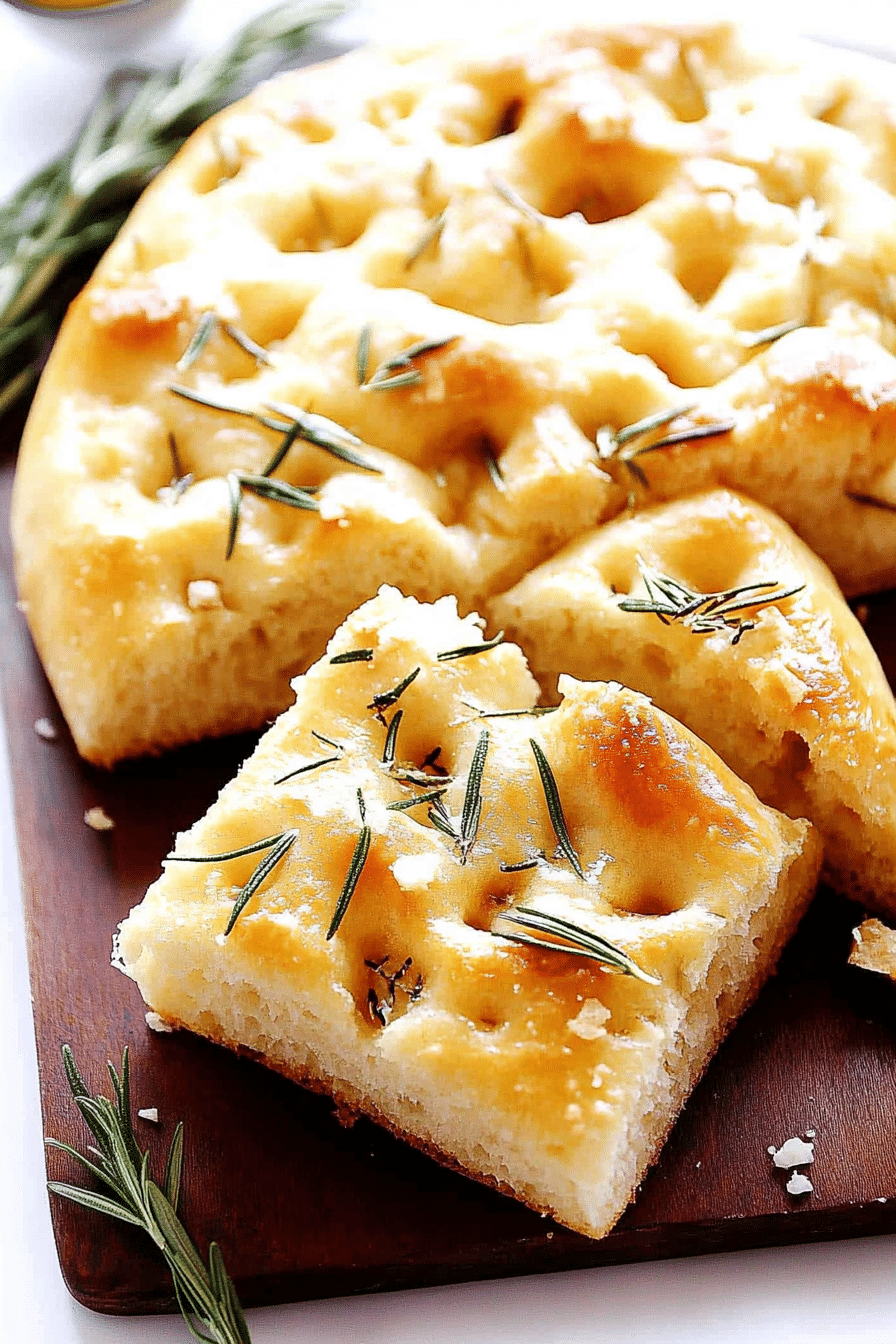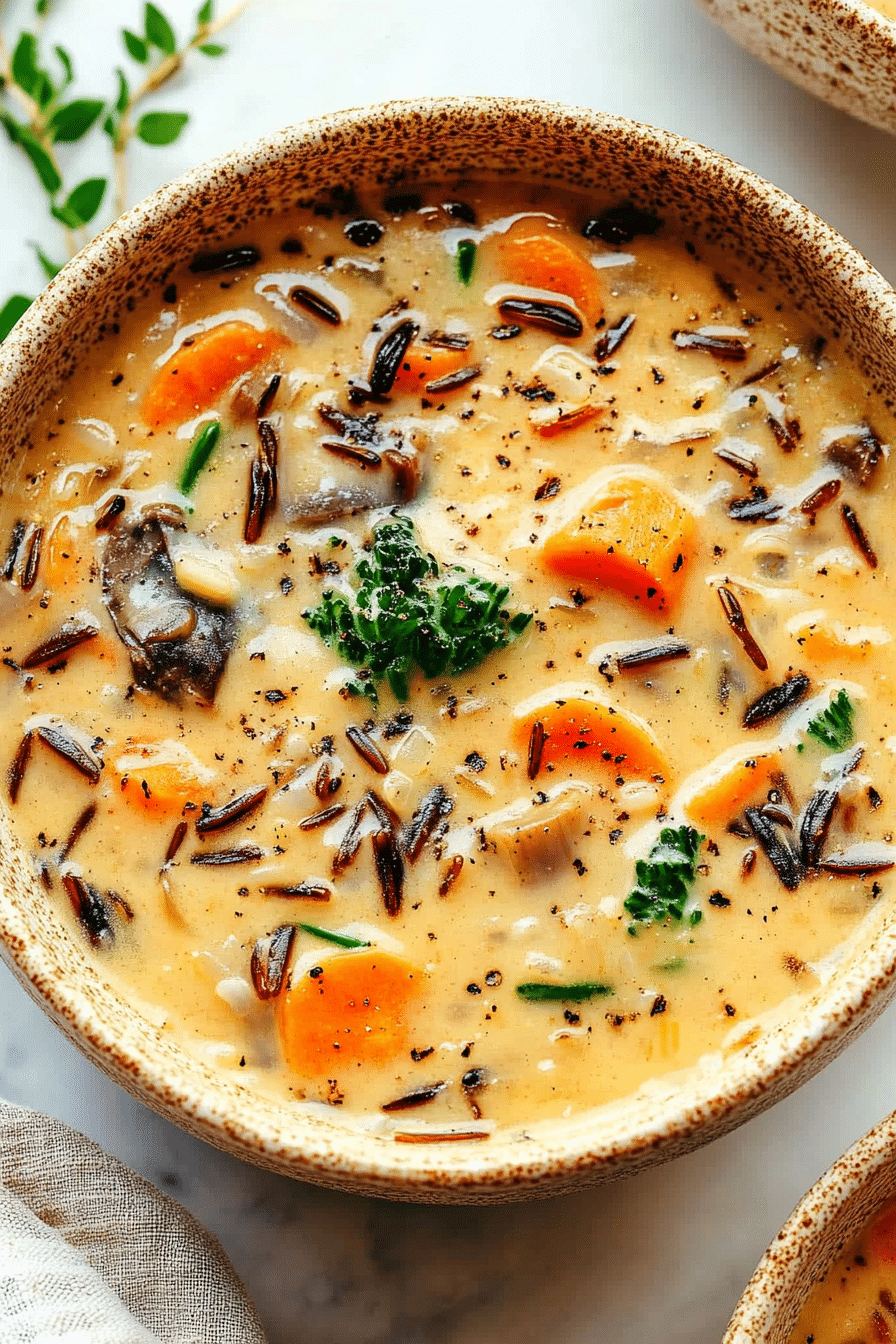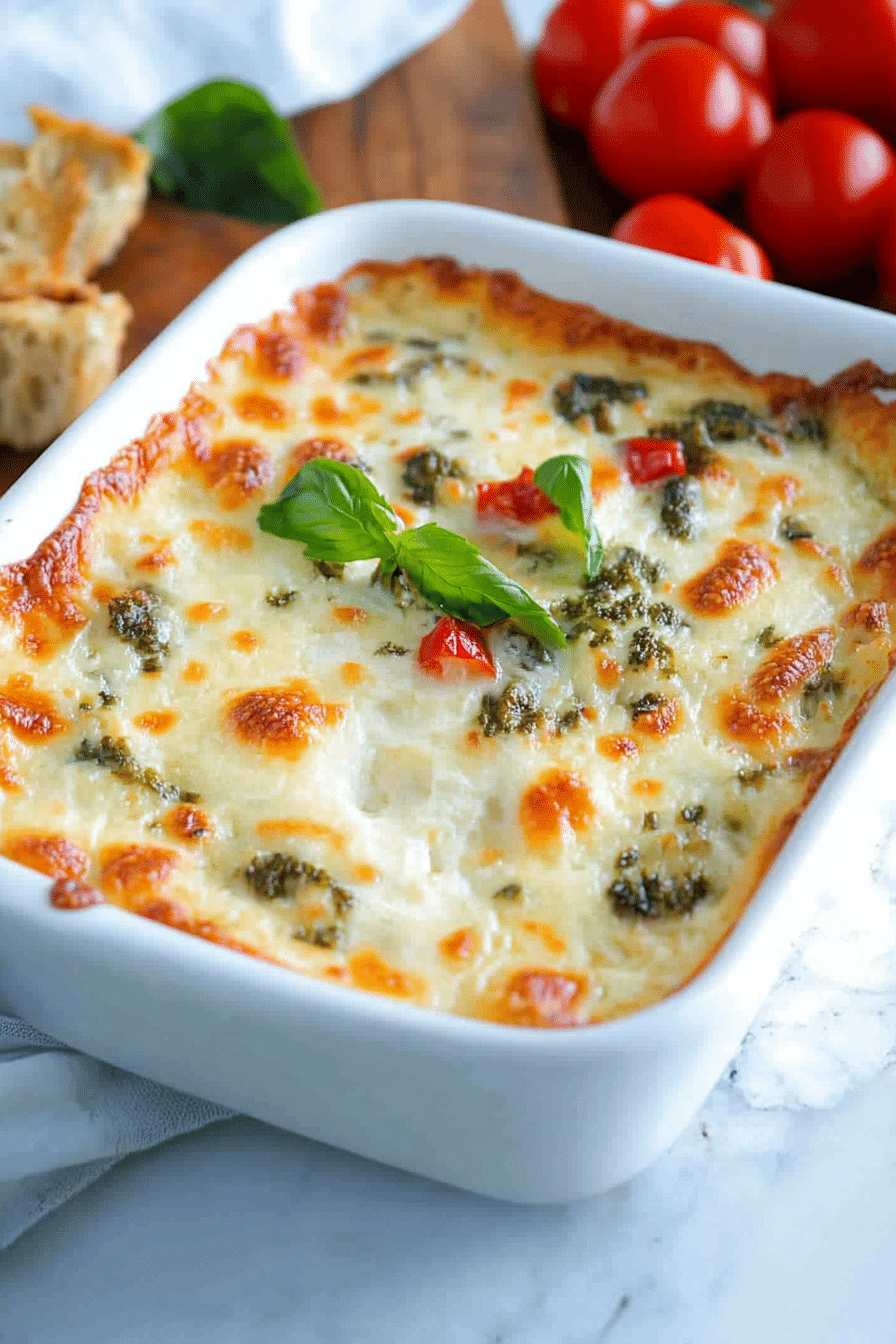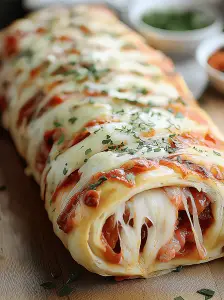You know those dishes that just feel like a warm hug? The ones you crave on a rainy day, or when you need a little bit of pure comfort after a long week? For me, that dish is Spaghetti Carbonara. It’s not just food; it’s a memory. I remember my Nonna making this when I was little, the kitchen filled with the most incredible aroma of sizzling guanciale and Pecorino Romano. It always felt like a special occasion, even if it was just a Tuesday night. And honestly, even though it sounds fancy and can be found on menus at some of the swankiest Italian restaurants, it’s shockingly simple to make at home. It’s one of those recipes that, once you get it right, you’ll never go back to the boxed stuff again. If you’ve ever made a creamy pasta sauce from scratch before, this is a delightful twist that uses way fewer ingredients and delivers so much more flavor. Forget those cream-laden versions you sometimes see; this is the real deal, the kind that makes you close your eyes with every bite.
Thank you for reading this post, don't forget to subscribe!What is Spaghetti Carbonara?
So, what exactly is this magical dish? At its heart, Spaghetti Carbonara is a classic Roman pasta dish. The name itself, “Carbonara,” is thought to have origins related to coal miners or charcoal workers, though the exact story is a bit fuzzy. What’s not fuzzy is the flavor! It’s essentially spaghetti tossed with a sauce made from eggs, hard cheese (traditionally Pecorino Romano, sometimes a mix with Parmigiano-Reggiano), cured pork (guanciale is the gold standard, but pancetta or even good quality bacon can work in a pinch), and Black Pepper. The magic happens when you combine the hot pasta with the egg and cheese mixture, creating a luxuriously creamy, silky sauce that coats every strand of spaghetti. It’s all about emulsification and using the residual heat of the pasta and some of the starchy pasta water to cook the eggs gently, preventing them from scrambling and giving you that signature velvety texture. It’s surprisingly light yet incredibly satisfying.
Why you’ll love this recipe?
Honestly, the list of reasons to love this Spaghetti Carbonara recipe is longer than my grocery list on a Saturday morning! But let’s break down the highlights because you *need* to try this. First off, the flavorOh my goodness, the flavor! It’s rich, savory, a little peppery, with that salty tang from the Pecorsimplicity. Seriously, once you’ve done it a couple of times, you can whip this up in the time it takes to boil your pasta. No complicated sauces, no long simmering times. It’s a lifesaver on busy weeknights when you want something truly special without spending hours in the kitchen. It’s also remarkably cost-effective. The ingredients are pretty basic – pasta, eggs, cheese, and cured pork. You don’t need fancy, hard-to-find items, which means you can make a restaurant-quality meal without breaking the bank. And it’s incredibly versatile in its own way; while the core remains the same, you can play with the ratio of Pecorino to Parmigiano, or the amount of pepper, to suit your taste. What I love most about this recipe is that it proves you don’t need a ton of ingredients or complicated techniques to create something truly extraordinary. It’s a testament to good, simple cooking. It’s also a dish that brings people together; the smell alone will have everyone wandering into the kitchen, asking what’s for dinner. It’s perfect for a quick weeknight dinner, but also impressive enough for guests. If you enjoyed my Cacio e Pepe recipe, you’ll adore this – it has that same satisfying chew and cheesy goodness, but with an extra layer of richness.
How do I make Spaghetti Carbonara?
Quick Overview
The process is beautifully straightforward: cook your spaghetti to al dente perfection, then while it’s still piping hot, toss it with a whisked mixture of eggs, Pecorino Romano cheese, and Black Pepper. The residual heat from the pasta gently cooks the eggs, creating a creamy, emulsified sauce that coats every single strand. A little bit of the starchy pasta water is key to achieving that silken texture and to help bind everything together. It’s about timing and temperature, but don’t let that intimidate you; it’s much more forgiving than you might think, and the payoff is immense!
Ingredients
For the Pasta:
400g (about 14 oz) spaghetti or bucatini
Salt for pasta water
For the Carbonara Sauce:
3 large eggs, plus 1 egg yolk (at room temperature)
100g (about 3.5 oz) Pecorino Romano cheese, finely grated, plus more for serving
50g (about 1.7 oz) Parmigiano-Reggiano cheese, finely grated (optional, but lovely)
1-2 teaspoons freshly ground Black Pepper, or more to taste
150g (about 5.3 oz) guanciale, cut into small cubes or strips (pancetta or thick-cut bacon can be substituted if guanciale is unavailable)
1 tablespoon olive oil (only if your guanciale is very lean)
“Packed with flavor and so simple. Exactly what I wanted from this Spaghetti Carbonara!”
Step-by-Step Instructions
Step 1: Render the Guanciale
Start by getting your guanciale ready. If you’re using guanciale, it usually has enough fat that you don’t need much, if any, extra oil. Place the cubed or stripped guanciale in a large, cold skillet (big enough to hold your cooked pasta later). Turn the heat to medium-low. We want to render out that glorious fat slowly, making the guanciale nice and crispy without burning it. This process usually takes about 10-15 minutes. Stir occasionally. Once it’s golden brown and crispy, remove the guanciale pieces with a slotted spoon and set them aside on a paper towel-lined plate. Leave the rendered fat in the skillet; this is pure flavor gold!
Step 2: Get Your Pasta Water Ready
While the guanciale is rendering, fill a large pot with water for your spaghetti. You want plenty of water so the pasta can move freely and cook evenly. Add a generous amount of salt – the water should taste like the sea! This is your only chance to season the pasta itself, so don’t be shy. Bring it to a rolling boil over high heat.
Step 3: Prepare the Egg & Cheese Mixture
In a medium bowl, whisk together the 3 whole eggs and the 1 extra egg yolk. Add the finely grated Pecorino Romano cheese and the Parmigiano-Reggiano (if using). Grind in a good amount of black pepper – I usually go for at least a teaspoon, sometimes more, as pepper is a key flavor component. Whisk everything together until it forms a thick, creamy paste. It might look a little dry or clumpy at this stage, but that’s perfectly fine. Set this bowl aside. Make sure your eggs and cheese are at room temperature; this helps them emulsify better with the hot pasta and prevents scrambling.
Step 4: Cook the Spaghetti
Once your water is boiling vigorously, add the spaghetti. Cook it according to the package directions, but aim for *al dente* – meaning it should still have a slight bite to it. This is crucial because the pasta will continue to cook slightly when you toss it with the sauce. Before draining, scoop out about 1.5 to 2 cups of the starchy pasta water and set it aside. This magical liquid is what will help create our creamy sauce.
Step 5: Combine Everything (The Crucial Step!)
Now for the magic! Drain the spaghetti (don’t rinse it!) and immediately add it to the skillet with the rendered guanciale fat. If the fat has solidified too much, you can gently warm the pan over very low heat for just a moment. Pour the egg and cheese mixture over the hot pasta. Immediately start tossing the pasta vigorously with tongs. This is where the alchemy happens! The heat from the pasta will gently cook the eggs, and the tossing motion, combined with a little bit of that reserved pasta water, will create a wonderfully creamy, emulsified sauce. Add a splash (about 1/4 cup) of the pasta water and keep tossing. If it looks too thick, add a little more pasta water, a tablespoon at a time, until you reach your desired creamy consistency. You want a luscious sauce that coats the pasta beautifully, not a runny or scrambled mess.
Step 6: Add the Crispy Guanciale
Once the sauce is creamy and coats the spaghetti, add most of the crispy guanciale back into the pan. Toss gently to distribute. Reserve a little bit of the guanciale for garnishing the top. Taste and adjust seasoning if needed – usually, the cheese and guanciale are salty enough, but you might want to add a bit more black pepper.
Step 7: Serve Immediately
Spaghetti Carbonara is best served immediately! Divide the pasta among warm bowls. Garnish with the reserved crispy guanciale, an extra sprinkle of grated Pecorino Romano, and another grind of fresh black pepper. Enjoy every single bite!
“Made the Spaghetti Carbonara tonight and wow — perfect weeknight dinner. Will definitely make again!”
What to Serve It With
While Spaghetti Carbonara is a star all on its own, it pairs wonderfully with a few things that really elevate the meal. For a truly authentic Italian experience, you can’t go wrong with a simple green salad tossed with a light vinaigrette. The crispness of the lettuce and the tang of the dressing cut through the richness of the carbonara beautifully. Think mixed greens, some cherry tomatoes, maybe a few shavings of cucumber. If you’re feeling a bit more adventurous, a side of crusty bread is always a good idea for sopping up any extra sauce – though honestly, with this recipe, there’s rarely any left! For beverages, a crisp White Wine like a Pinot Grigio or a dry Vermentino is fantastic. If you prefer red, a light-bodied Sangiovese or a Chianti works well. Some people even enjoy a touch of sparkling water with lemon. It’s all about balancing the rich, savory flavors of the carbonara.
Top Tips for Perfecting Your Spaghetti Carbonara
Over the years, I’ve learned a few tricks that have made my Spaghetti Carbonara consistently delicious. First, quality ingredients really do matter here. If you can find guanciale, use it! Its flavor and texture are unparalleled. If not, a good quality pancetta or thick-cut, unsmoked bacon is your next best bet. For the cheese, Pecorino Romano is non-negotiable for that authentic salty, sharp bite. Parmigiano-Reggiano is a lovely addition for a smoother, nuttier flavor, but if you can only use one, go with Pecorino. My biggest tip for avoiding scrambled eggs is temperature control. Make sure your egg and cheese mixture isn’t too cold when it hits the hot pasta, and don’t let the pan sit over high heat once you add the eggs. Use the residual heat from the pasta and the pan. I’ve learned that tossing the pasta vigorously in the pan with the egg mixture, off the direct heat, is the key. It creates that beautiful, silky emulsion. If your sauce seems too thick, don’t panic! That’s where your reserved pasta water comes in. It’s starchy and salty and will loosen things up perfectly, binding the sauce to the pasta. I learned this the hard way after a few attempts that ended up a bit dry! For those who like a little heat, don’t be afraid to add a pinch of red pepper flakes along with the black pepper. It adds a lovely warmth without being overpowering. And lastly, serve it immediately. Carbonara waits for no one! It’s a dish that’s meant to be enjoyed the moment it’s made, while the sauce is perfectly creamy and the pasta is hot.
Storing and Reheating Tips
This is the one tricky part about Spaghetti Carbonara: it’s truly best enjoyed fresh. The creamy sauce is an emulsion of egg and cheese, and while it’s divine right off the stove, it doesn’t fare as well when stored and reheated. If you find yourself with leftovers, it’s best to store the pasta and the crispy guanciale separately if possible. The sauce can become a bit congealed and less creamy. If you must store it together, let it cool completely and then transfer it to an airtight container. It will last in the refrigerator for about 1-2 days, but the texture won’t be quite the same. When reheating, the best method is to gently warm it in a non-stick skillet over low heat, adding a splash of water or milk and stirring constantly. You can also try microwaving it in short bursts, stirring frequently. Don’t expect it to be as perfect as when it was first made, but it’s still quite edible and comforting. For the crispiest guanciale, store it separately in an airtight container at room temperature for a day or two. It’s not recommended to freeze Spaghetti Carbonara, as the sauce’s texture is likely to break down significantly upon thawing.
Frequently Asked Questions
Final Thoughts
There you have it – my go-to recipe for the most authentic and utterly delicious Spaghetti Carbonara. It’s proof that sometimes, the simplest things are the most extraordinary. This dish is a testament to the beauty of Italian cooking: using a few high-quality ingredients and a bit of technique to create something truly magical. It’s a recipe that will impress your friends, comfort your family, and most importantly, bring a huge smile to your face with every single bite. I hope you give it a try and fall in love with it as much as I have. If you do, please let me know in the comments below how it turned out! I’d love to hear about your carbonara adventures. Happy cooking!
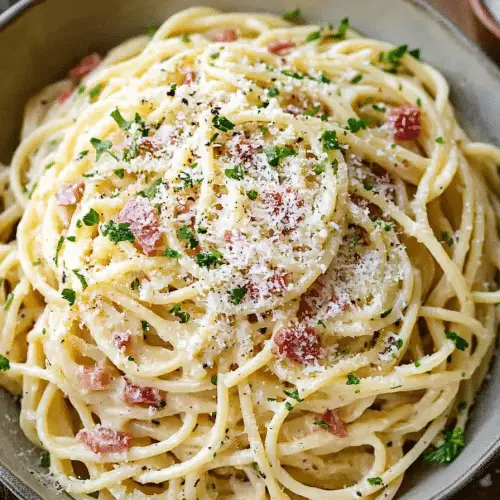
Spaghetti Carbonara
Ingredients
Main Ingredients
- 0.45 pound spaghetti
- 0.15 pound guanciale pancetta or bacon can be substituted
- 3 large eggs
- 0.5 cup pecorino romano cheese grated
- 0.25 cup parmesan cheese grated
- 1 teaspoon black pepper freshly ground
- salt to taste
Instructions
Preparation Steps
- Bring a large pot of salted water to a boil. Add the spaghetti and cook according to package directions until al dente.
- While the pasta is cooking, cut the guanciale into small cubes. In a large skillet, cook the guanciale over medium heat until crispy. Remove the guanciale from the skillet, leaving the rendered fat behind.
- In a medium bowl, whisk together the eggs, pecorino romano cheese, parmesan cheese, and black pepper. Beat until well combined.
- When the spaghetti is al dente, reserve about 1 cup of the pasta water. Drain the spaghetti and add it to the skillet with the rendered guanciale fat. Toss to coat.
- Remove the skillet from the heat. Quickly pour the egg and cheese mixture over the hot pasta, tossing vigorously to coat. The heat from the pasta will cook the eggs and create a creamy sauce. Add a little reserved pasta water at a time if the sauce is too thick.
- Add the crispy guanciale back to the skillet and toss to combine. Season with salt to taste.
- Serve immediately, garnished with extra grated cheese and black pepper if desired.


